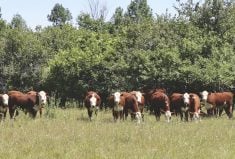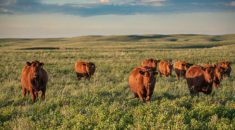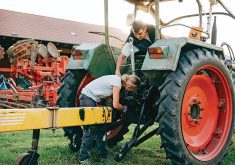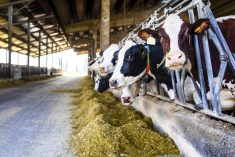To answer the question ‘What is a wetland worth?’ the Alberta Land Institute will be going high tech in the Nose Creek watershed project.
The province uses letter grades — A, B, C, and D — to rate the functional value of wetlands. To assign a grade, project officials will employ a type of aerial scan called detailed light detection and ranging (LiDAR), which uses lasers and an analysis of the reflected light. (It’s widely used for things such as mapping ocean bottoms and surveying forests.)
Coupled with state-of-the-art data modelling and analysis techniques, “this new tool won’t just be able to grade current wetlands; it’ll also be able to predict what the potential value of currently dry (or drained) wetlands could be if they were restored,” the land institute states on its website.
Read Also

Farming Smarter receives financial boost from Alberta government for potato research
Farming Smarter near Lethbridge got a boost to its research equipment, thanks to the Alberta government’s increase in funding for research associations.
- More on the Alberta Farmer: What’s it worth? New project aims to nail down the value of wetlands
And even after wetlands are restored, researchers will keep watch.
“There’s never been an opportunity to scientifically monitor one of these wetlands closely enough to see how its performance compares to a naturally occurring counterpart,” the institute says. “Thanks to the models that allow us to value existing and potential wetlands, we’ll now be able to do something unprecedented: Follow newly restored wetlands from their creation, and assess their contributions to a watershed in objective, quantifiable terms.
“We’ll also be able to test different variations when it comes to restoring wetlands. Should we leave buffer areas around wetlands? Are wetlands more successful if certain types of plants are introduced? The wetlands we restore as part of this project will become living laboratories, and the lessons we learn during the restoration process will be applicable for future restorations across Alberta, and beyond.”
For a project backgrounder, visit albertalandinstitute.ca.















